Culture
Santonilyo: The Pagan Origins of Santo Nino
Santonilyo was said to be an old and a new god to the pantheon of ancient Visayas. In relation to this, it was also believed that this was also connected to the Santo Nino de Cebu.
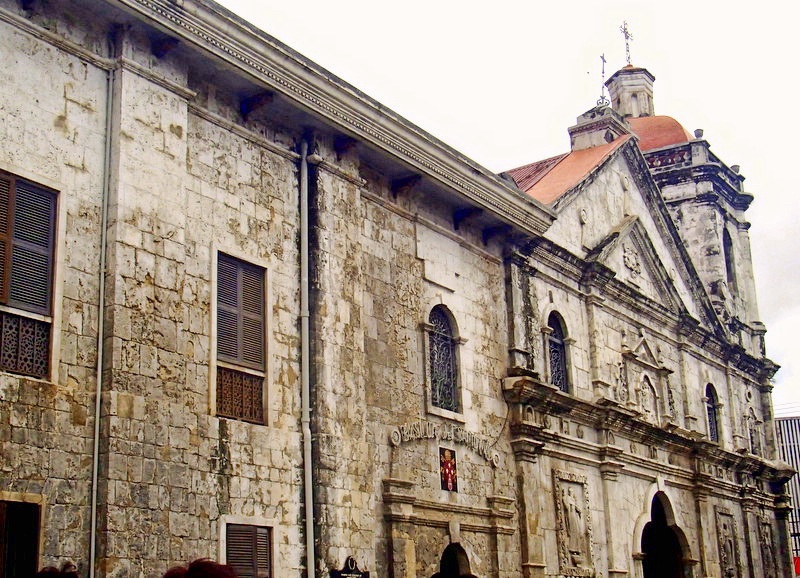

In Cebu, some, if not most, establishments or residences have always kept an altar or a pedestal with a carved wooden statue of a little king, clothed in rich fabric of red or green, wearing a golden necklace and bearing a scepter and a globus cruciger in his hands. This figure was brought by the Spaniards and is known as Santo Niño. This image is revered by Cebuanos, holding festivities in honor of the miraculous child Jesus.
During the pre-Spanish colonial era, our ancestors had similar wooden idols named as guardians, protectors and pagan deities. This brought a similar legend about a piece of drift wood that turned out to be miraculous, and scared away creatures when placed on the farms. Let’s take a look at the origins of the religious image that once was said to be a pagan god and converted to the catholic path to many of us believe in.
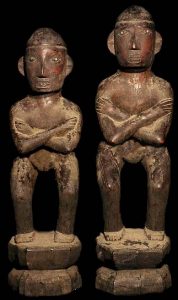
Ifugao “Bulul” Pair Rice God Statue with Inlaid bead eyes considered as a Lianito credits to www.tribalasia.com
The Lianito Idol
The Animist people of the Visayas region worshipped a time god known as Kaptan, equivalent to the creator god Bathala of the Tagalogs. He was the supreme deity in the Visayan pantheon, but relatively distant. To bridge the gap of the activities of heaven and the mortals, the ancient people replaced mediators such nature-based deities known as diwatas (fairies and elementals) and anitos (ancestral spirits) who supposed to give blessings and abundance on a family or a society.
Furthermore, these “Anito” spirits are usually old ancestors who have lived a virtuous life when they were alive. Each house in the ancient Visayas was supposed to carry a “tawu tawu”(idols) made out of wood, stone, gold or ivory whom the family pay honor in resemblance of offering food or flowers and “pag-anito”(worship) to ensure and continue daily blessings upon them. When the head of a family dies, everyone in the village help make the statue, they would carve out an androgynous (to further symbolize gender-equality), child-like image, and always smiling to what they would call the “Lianito”, the collective embodiment of the ancestor spirit of a family and territory and they would dress the doll with gold and would place the image among the other idols.
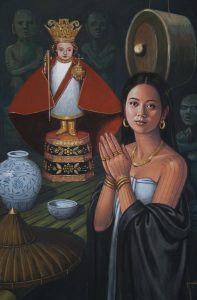
Painting of Queen Juana (Hara Humamay) by Filipino artist Manuel Panares
The Baptism
The birth of Catholicism in Cebu was through the image of Santo Niño de Cebu, brought by the Spanish Occupation through Antonio Pigafetta, an Italian scribe of Ferdinand Magellan, given as a gift to Hara Humamay the royal consort of the chieftain of Cebu of 1521, Rajah Humabon, as token of good relations and allegiance to Spain. The queen was baptized to Catholicism and renounced her animist beliefs and dubbed a new Christian name, “Juana”.
Queen Juana loved the image so much that according to the account of Pigafetta upon receiving, she bathed the statue with her tears of joy as she is hugging it. Eight hundred Cebuanos were baptized as well and were given an image of the Virgin Mary, a crucifix and a bust depiction of Jesus before Pontius Pilate. The Spaniards underestimated the animist faith that Magellan discovered that the king and queen still keep their Lianitos. The queen perhaps readily accepted the Santo Niño because it looked more regal and refined. Rest of the history follows of another chieftain’s refusal of conquering the land and instilling tradition that was Datu Lapu-Lapu and had a violent conflict which caused Magellan’s death.
Moving on its dark past of the conquest through religion, 44 years after Magellan came Miguel Lopez De Legazpi, arrived Cebu and found the native’s hostility and fearing the retribution for Magellan’s death. The villages were burned during the progressing conflict. Juan Camus, a Spanish mariner found the image of the Santo Nino in a pine box amidst the ruins of a burned-down hut. Presented the image to Legazpi and the Augustinian priests; the natives denied the gift was associated to Magellan and claimed it have been there for a long time. A church was built on the spot to where the image was found that was originally in bamboo and mangrove palms then was reconstructed later and claims to be the oldest parish in the Philippines.
The Youthful Deity of the Rain
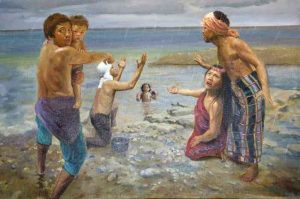
Visayan natives submerse the Santo Nino image to venerate with and call out for the rain.
Filipino Historian Nico Marquez Joaquin’s workes in 1980 state that it was also within the time gap of those 44 years since Magellan that the natives discovered a new god in the pantheon of the Visayas. The new deity in the form of a child they call Santonilyo. Influenced in its Spanish title, they recognized the statue as a lianito describing both an old and a new god to the Visayans.
Santonilyo is the child deity of good graces who was worshiped as a rain god for four decades since the Spanish first arrived. Fray Gaspar de San Agustin wrote about it in 1565 book “Conquistas de las Islas Filipinas”, that during drought, the ancient Cebuanos would bathe the image in the sea.
“Cun ulan ang pangayoon, ug imong pagadugayon. Dadad-on ca sa baybayon, ug sa dagat pasalomon. Ug dayon nila macuha ang guitinguha.”
Which translates: “If they seek rain and you delay it, you’d be brought to the shore and bathed in the sea. They then obtain the rain they desire.” The practice of immersing the sacred image is also mentioned in the Sto. Niño’s Gozos (prayer hymn) published in an 1888 novena.
However, Santonilyo’s popularity was already widespread among the Visayan islands reaching the Panay, Mindoro, Negros, Bohol, Siquijor, Samar and Leyte. The Santonilyo as mentioned by Felipe Landa Jocano, an anthropologist and author of “Filipino Value System”, as one of the supporting Upper world deities along with Ribung Linti (god of thunder and lightning) who assisted Tungkung Langit (the creator god of Panay Islands) in the creation myth known as the “Sulod” Epics.
In its connection of the legend of Panay that Santonilyo was said to have reached the islands as a fisherman caught a piece of “agipo” (or a driftwood) but couldn’t catch fish the whole day. Dismayed, he threw it back soon after, felt another tug to his net and realized it’s the same driftwood and over and over again would dump it on the sea, known only to catch the same agipo again.
Tired and frustrated, the fisherman decided to keep the driftwood in his boat, and like a miracle, fish flocked towards his boat and returned to the village with a bountiful catch. The villagers soon discovered that the piece of wood had other magical powers used as a scarecrow to keep the birds and animals away in drying the grains and in times of drought, only had to immerse the driftwood in the sea to produce rains.
This agipo became an idol in their pantheon, and like the venerated Holy Child, Santonilyo is also prayed for graces. The Lianito idol then on was called Lisantonilyo. As Santo Nino has been honored and prayed in Cebu, we are able to peak in the origins of our faith based on discovery and documents not diminishing the fact on what we truly believe in which is God represented as a sweet, youthful child that would save the whole world from sin.
Culture
Cebuano Pride: The National Museum of Cebu
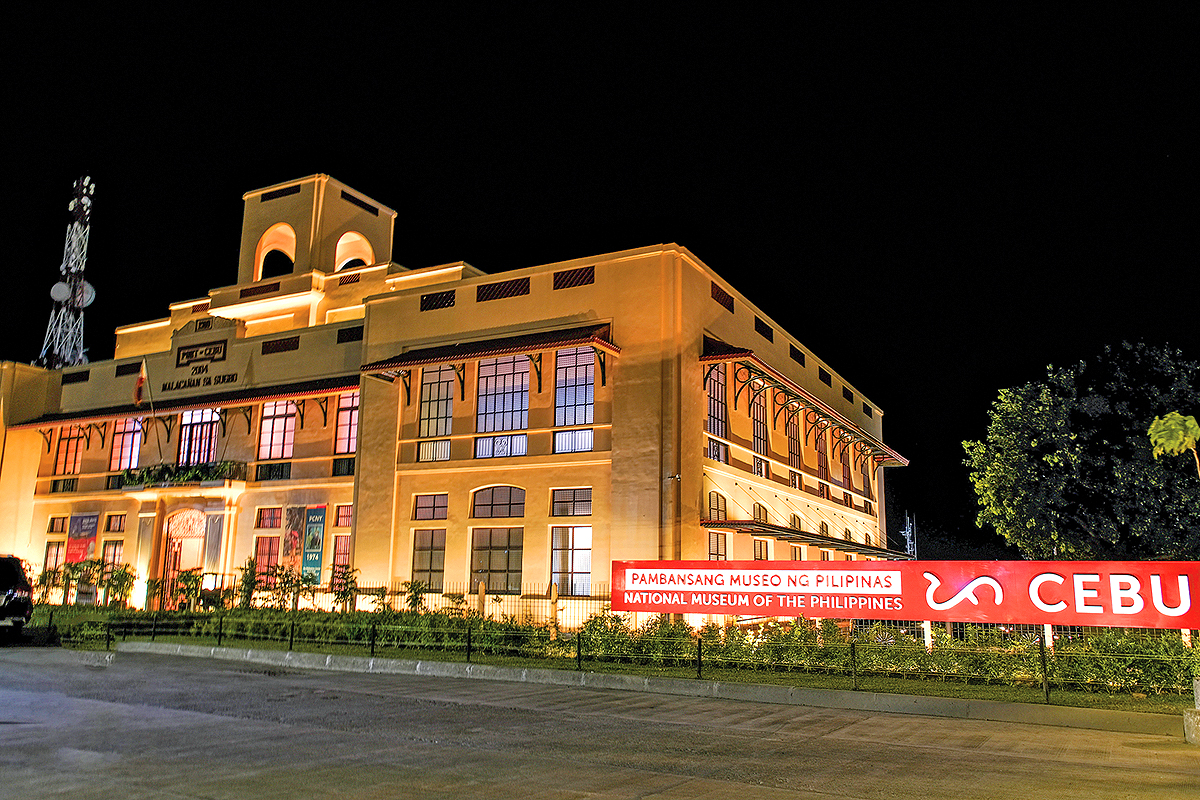
Pride of Cebu
By Eva Gullas
photos courtesy of DOT

Cebu City Tourism’s Neil Odjigue, Cembeth Hortillano and CCTC Chairperson Joy Pesquera

Museum Director Jeremy Barns, Maryanne Arculli, Andronik Aboitiz and wife Doreen, Amanda Luym

Some of the abstract art from the New York collection

Writer Eva Gullas beside Elmer Borlongan’s Battle of Mactan
Culture
The Uncommon Traditions that Mexicans and Filipinos share when celebrating the Day of the Dead.
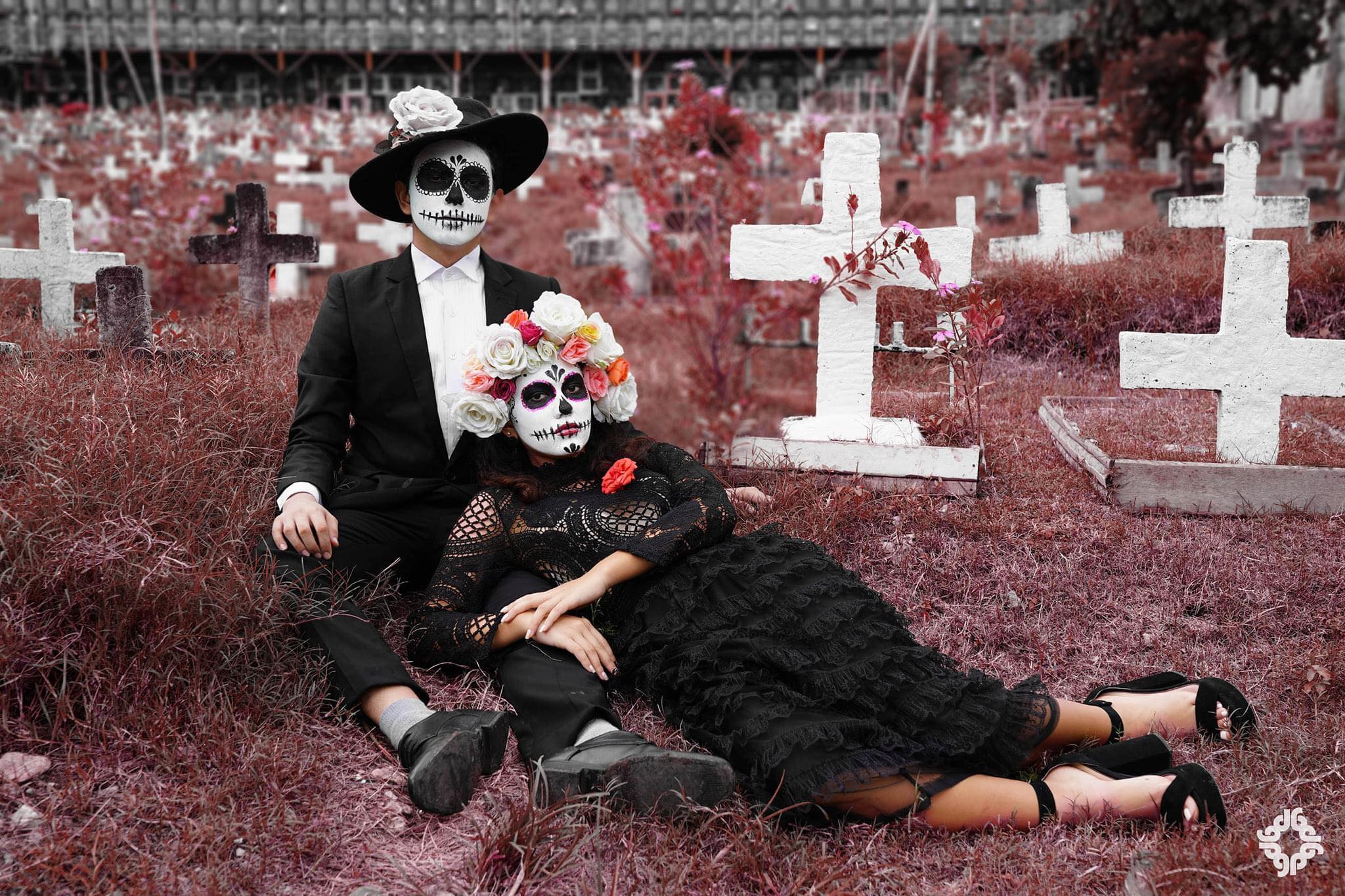
Dia de los Muertos
By Allain Dumon Fonte
The 2nd of November is All Soul’s Day, a holiday that is very important to many Filipinos to remember our loved ones who passed on. This is also widely celebrated in Mexico as “Dia De los Muertos” or in English, “The Day of the Dead”. And Mexicans celebrate the 2nd of November grander than they celebrate Christmas. Well, you can witness it from the Disney movie, “Coco”.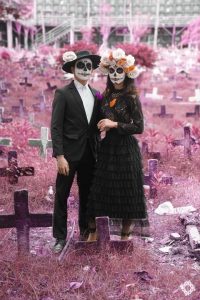
As All Soul’s Day or Dia de los Muertos is about to end, here are some interesting traditions and superstitions that Filipinos and Mexicans share:
1. IT IS NOT ON THE 31st OF OCTOBER
Dia de los Muertos or All Soul’s Day is not practiced on October 31st or on the Hallow’s Eve as many other western cultures practice; but we celebrate it on the 2nd of November. We celebrate November 1st as All Saint’s Day or the Day of the Holy, while in Mexico they call it Dia de los Innocentes or Dia de los Angelitos to commemorate the children who died too early in life.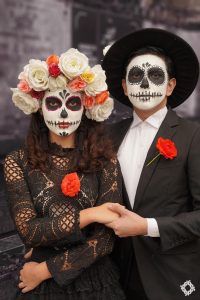
2. THE RITUAL
Both in Mexico and in the Philippines, we visit the grave of our loved ones and we clean it well. This is a ritual to honour their resting places and to let them know that they are never forgotten.
3. FLOWERS INVITE SPIRITS
In Mexico, they believe that the scent of flowers attract spirits. So the flower offerings are invitation to their dead loved ones to visit the living families. While in the Philippines, we believe that flowers offered to the dead exalt the souls and somehow fill in the sadness that we feel when missing our dead loved ones.
Most of the time, Filipinos choose all-white flowers to offer because white is the absence of colour, which means the absence of Joy and happiness. White also symbolises purity of soul which we hope our dead loved ones will attain as they journey to heaven. While in Mexico, they have the yellow Mexican marigolds as the official flowers of the dead that will guide them in their journey to the afterlife.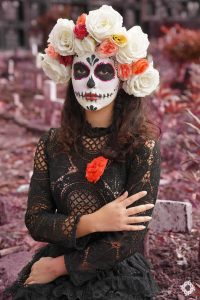
4. THE LEGEND OF THE MONARCH BUTTERFLIES
Both cultures believe that monarch butterflies are dead loved ones who visit us and show their appreciation that we have not forgotten them. A presence of monarch butterflies also means that our dead loved ones are always there guiding us and looking after us.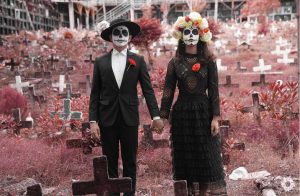
5. A PICNIC IN THE GRAVEYARD
Spending a night at the graveyard and picnicking with the rest of the family may sound very creepy to many; but to both Filipino and Mexican cultures, picnicking and spending a night at the cemetery is a must to show our love to our dearly departed. It is the only time in the year that families gather and tell stories of the dead loved ones and how colourful or how great their lives were.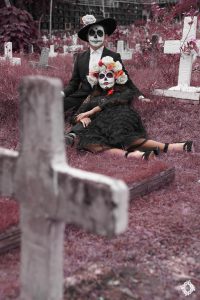
6. FOOD FOR THE DEAD
In Mexico, they have what they call “ofrendas” or an altar where the pictures of their dead loved ones are displayed and offered with flowers, candles, and their favourite food. Very similar to the Filipino culture of cooking the favourite food of our dead loved ones and everyone in the family enjoys the food for dinner.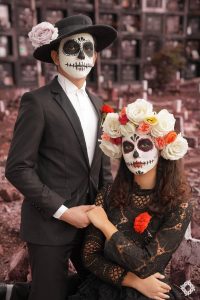
My family tradition involves me driving all the way to Colon street and buy that famous Snow Sheen’s “pancit canton”. This is my granddad’s favourite snack. Sadly, the old Visayan Restaurant is no longer there. My late uncle and my late grandpa love their sweet ad and sour fish. We also set up an “ofrenda” on their graveyard and eat their favourite food while picnicking in the cemetery. We do not spend a night in the cemetery; but while we are picnicking there, we usually play the songs of Pilita Corrales and Susan Fuentes that my late grandpa used to listen every afternoon while enjoying his coffee, pan de sal, and pancit canton.
What about your family traditions? Share your thoughts by commenting to this article.
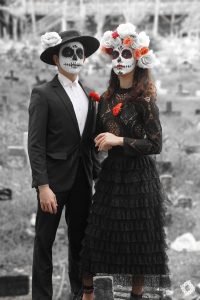 MODEL: Michael Joseph Mortola Enriquez & Alexis Wingfield
MODEL: Michael Joseph Mortola Enriquez & Alexis Wingfield
PHOTOGRAPHER: Gianne Paolo Anciano
HMUA/DESIGNER: Hazel Ocaba
STYLING: GPA Lifestyle + Clothing
Culture
Catch Ted Lasso the Emmy Award Winning Comedy Series on Apple TV+

Rating: *****/ *****
The multi award–winning comedy series airing on Apple TV+ is one of my favorite shows. Ted Lasso starring Jason Sudeikis is about a fun good-natured American football coached hired by a British soccer club (AFC Richmond in London) to become their new coach. In spite of the fact that Ted has no experience or knowledge about British football/soccer, his positive demeanor and charm helps him overcome the animosity of the team’s players, staff and fans. Eventually Ted wins over the team and the locals as they fight for position in the English Premier League.

The show won the 2021 Primetime Emmy Award for Outstanding Comedy Series and 7 Emmy Awards in its 2 seasons and Season 3 is just around the corner. You can catch Seasons 1 & 2 of Ted Lasso on Apple TV+
-
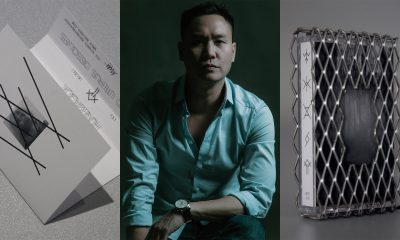
 Design3 months ago
Design3 months agoFilipino graphic designer makes history, joins Switzerland’s Museum of Avant-garde among genre’s greats
-

 Events4 weeks ago
Events4 weeks agoFlying Tiger Copenhagen Lands in Cebu
-

 Events2 months ago
Events2 months agoBVLGARI in Cebu
-

 Events2 months ago
Events2 months agoTrade in Your Old Watch and Save Big on a New Timepiece at The Watch Store
-

 Design3 months ago
Design3 months agoPottery Barn and West Elm Launches Designer’s Rewards Circle in Cebu
-

 Eats2 months ago
Eats2 months agoA Moving Feast: Cebu Food and Wine Festival 2024 Opens in NUSTAR Resort
-

 Events3 weeks ago
Events3 weeks agoThe First NUSTAR BALL
-
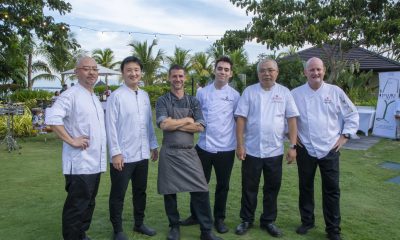
 Events2 weeks ago
Events2 weeks agoA Feast for the Senses


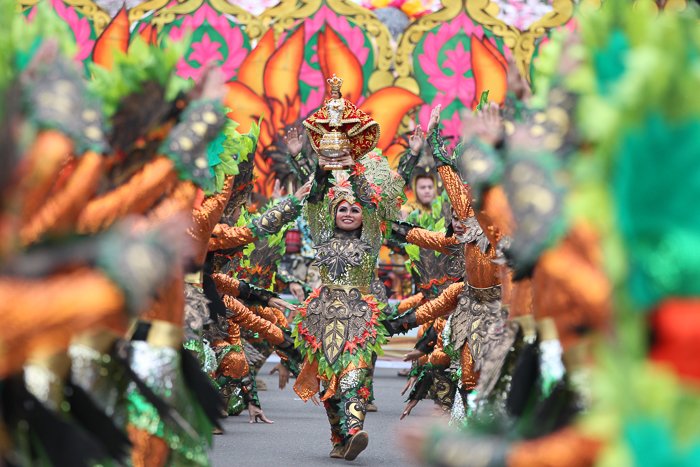







You must be logged in to post a comment Login